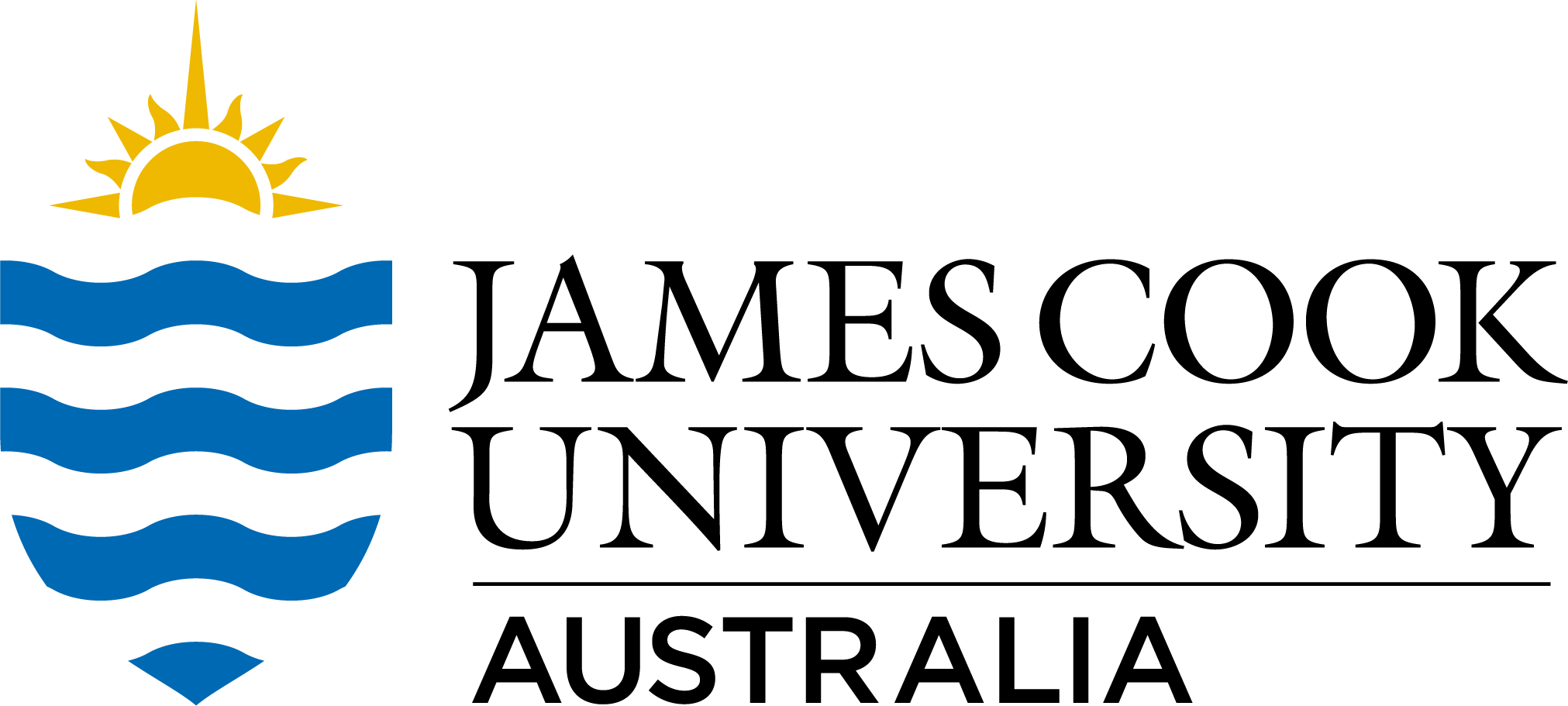Full description
This dataset consists of 361 cytochrome b sequences isolated from Amphiprion spp. and made available from NCBI GenBank: accession numbers MNB150716 - MN151076.
Abstract [Related Publication]: Hybridization and introgression are evolutionarily significant phenomena breaking down species boundaries. “Hybrid zones” (regions of species overlap and hybridization) enable quantification of hybridization frequency and examination of mechanisms driving and maintaining gene flow. The hybrid anemonefish Amphiprion leucokranos is found where parent species (A. chrysopterus; A. sandaracinos) distributions overlap. Here, we examine geographic variation in hybridization and introgression, and potential impacts on parent species integrity through assessing relative abundance, social group composition, and genetic structure (mtDNA cytochrome b, 21 microsatellite loci) of taxa at three hybrid zone locations: Kimbe Bay (KB) and Kavieng (KA), Papua New Guinea; the Solomon Islands (SO). Relative abundances of and size disparities between parent species apparently drive hybridization frequency, introgression patterns, and genetic composition of taxa. Conspecific groups are most common in KB (65%) where parent species are similarly abundant. Conversely, mixed species groups dominate SO (82%), where A. chrysopterus is more abundant. Hybrids most commonly cohabit with A. sandaracinos in KB (17%), but with A. chrysopterus in KA (22%) and SO (50%). Genetic differentiation (nDNA) analyses indicate that parent species remain distinct, despite ongoing hybridization and hybrids are genetically similar to A. sandaracinos—resulting from persistent backcrossing with this smallest species. This study shows that hybridization outcomes may depend on the social and ecological context in which taxa hybridize, where relative abundance and disparate size of parent species explain the frequency and patterns of hybridization and introgression in the A. leucokranos hybrid zone, reflecting size‐based dominance behaviors of anemonefish social groups.
The full methodology is available in the Open Access publication from the Related Publications link below.
Created: 2021-03-05
text: Kimbe Bay, Papua New Guinea
text: Kavieng, Papua New Guinea
text: Solomon Islands
User Contributed Tags
Login to tag this record with meaningful keywords to make it easier to discover
- Local : researchdata.jcu.edu.au//published/02b3f77051521dd029fb0c246a2a522e


